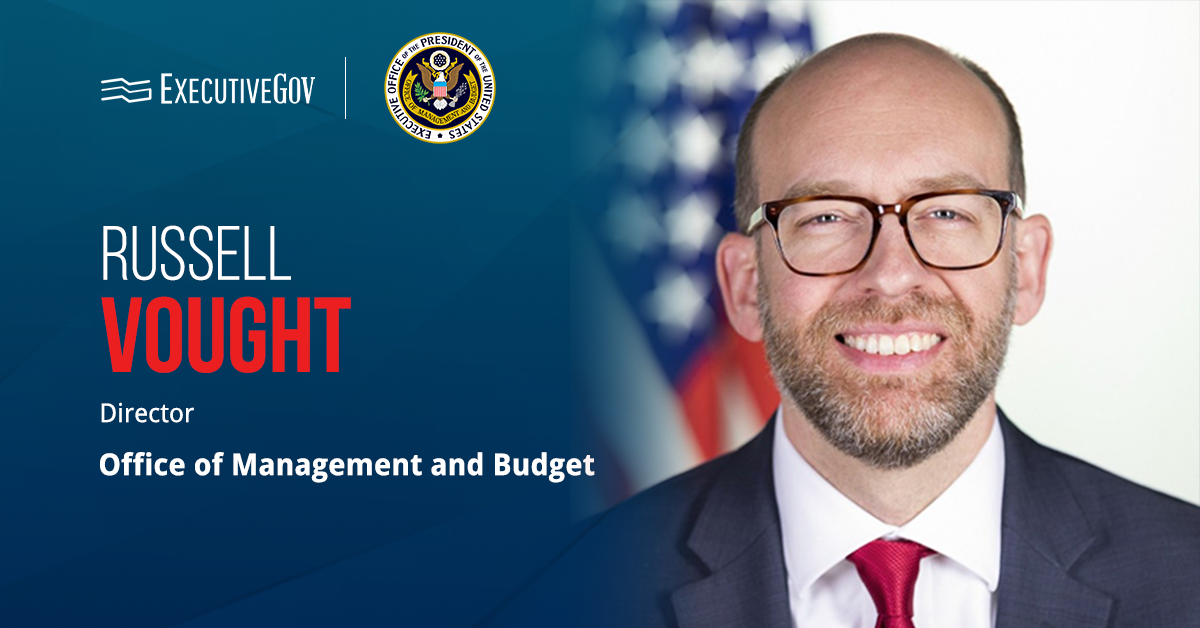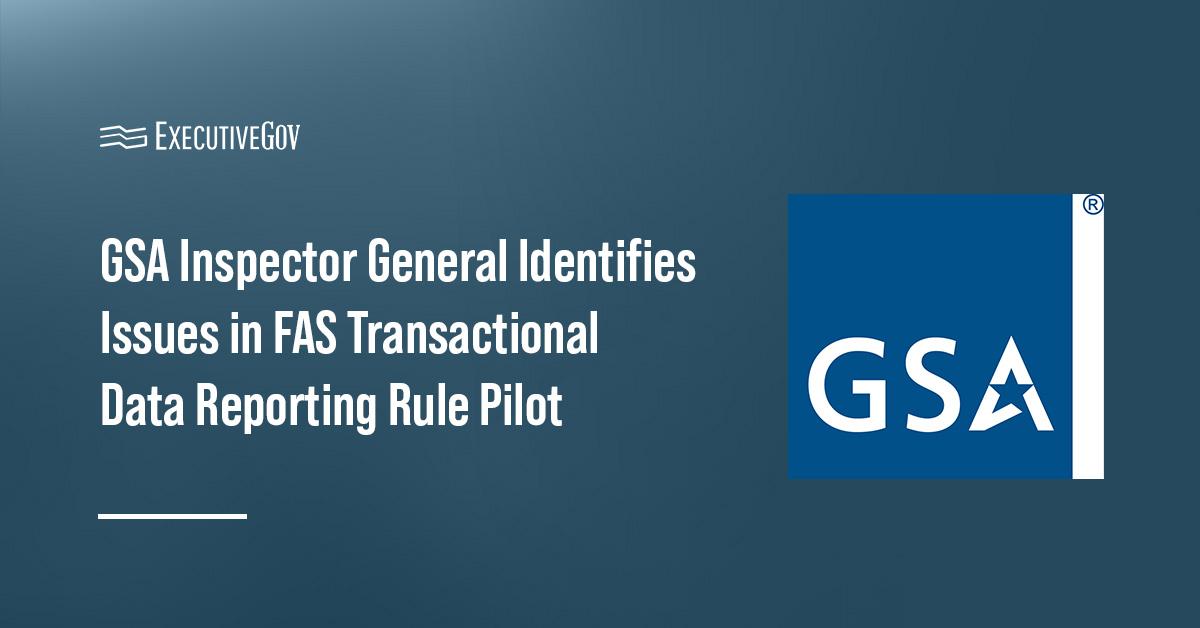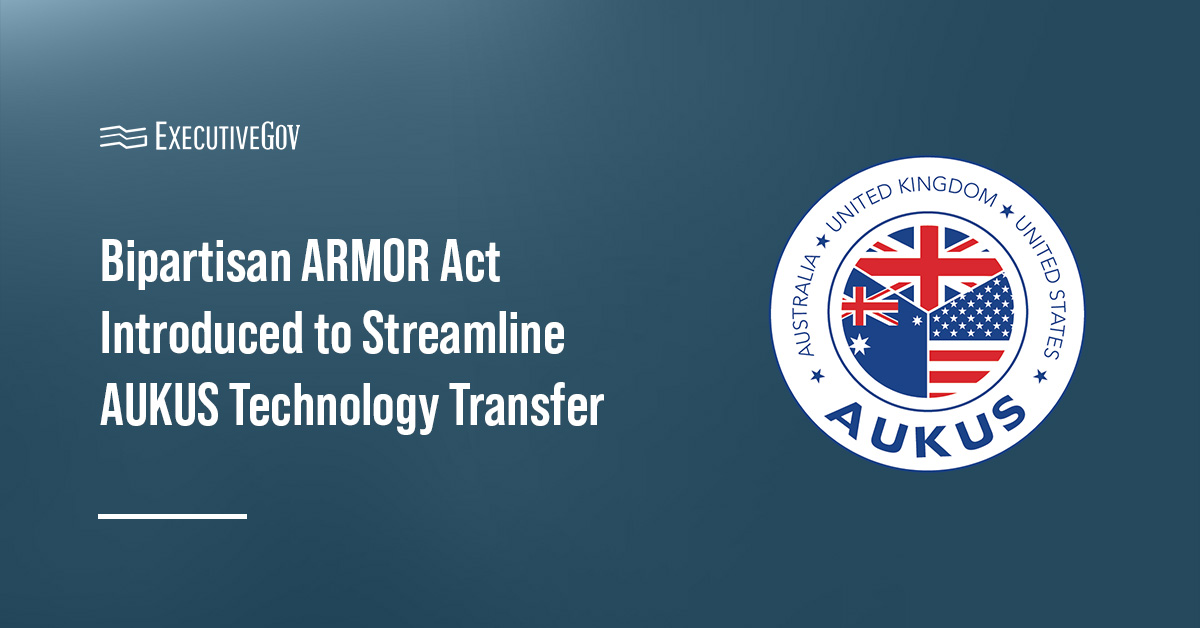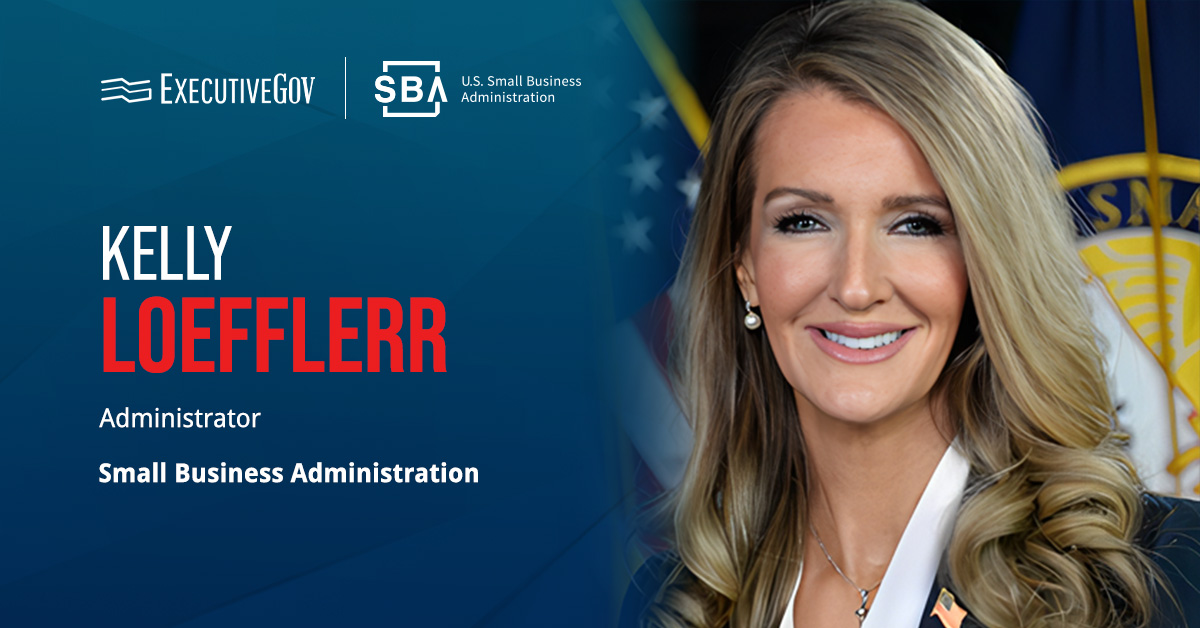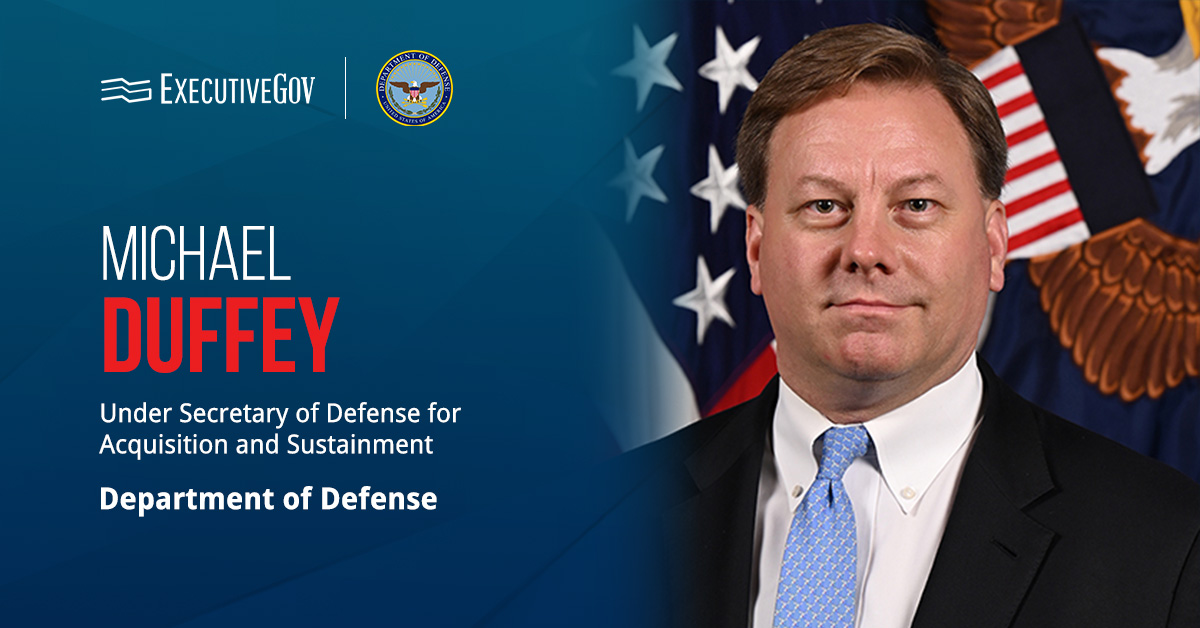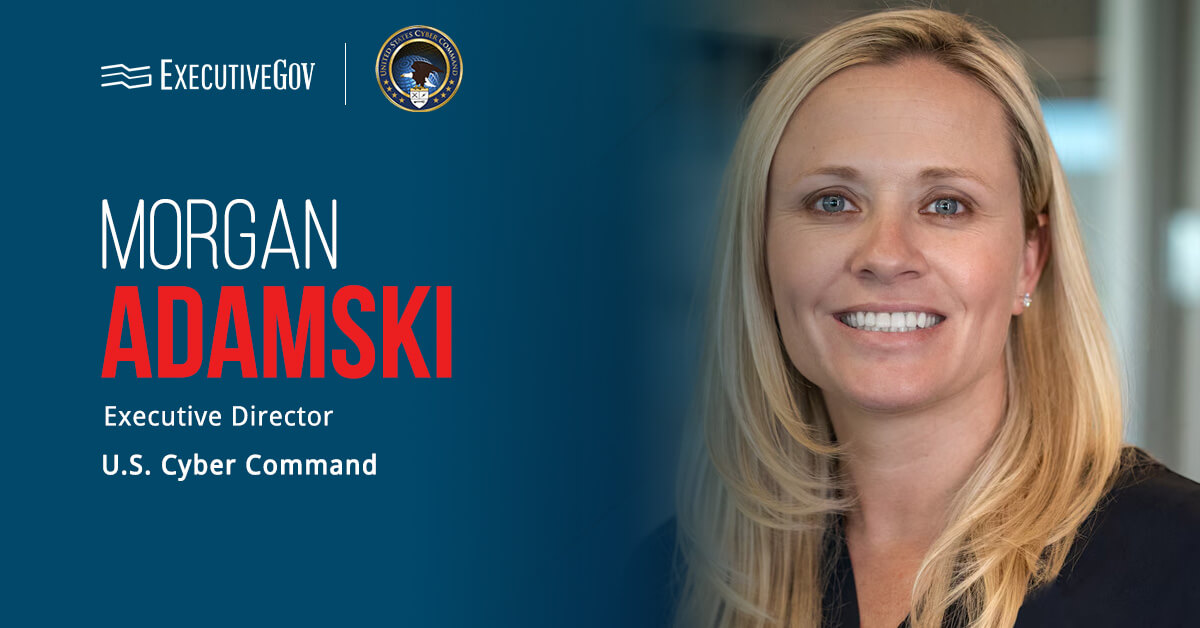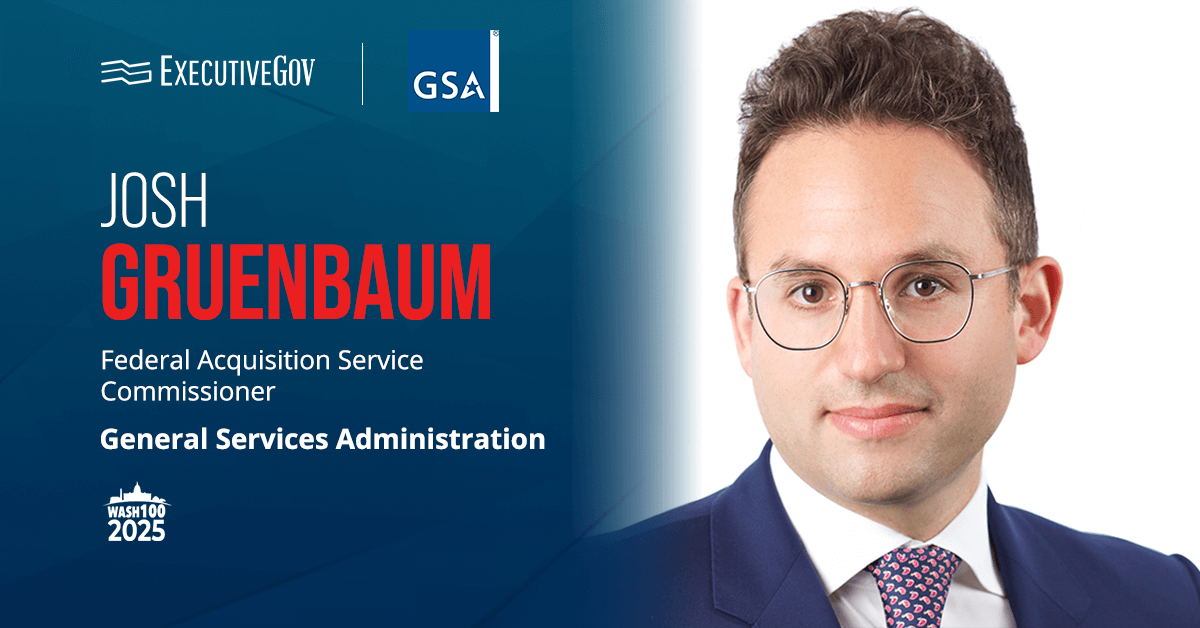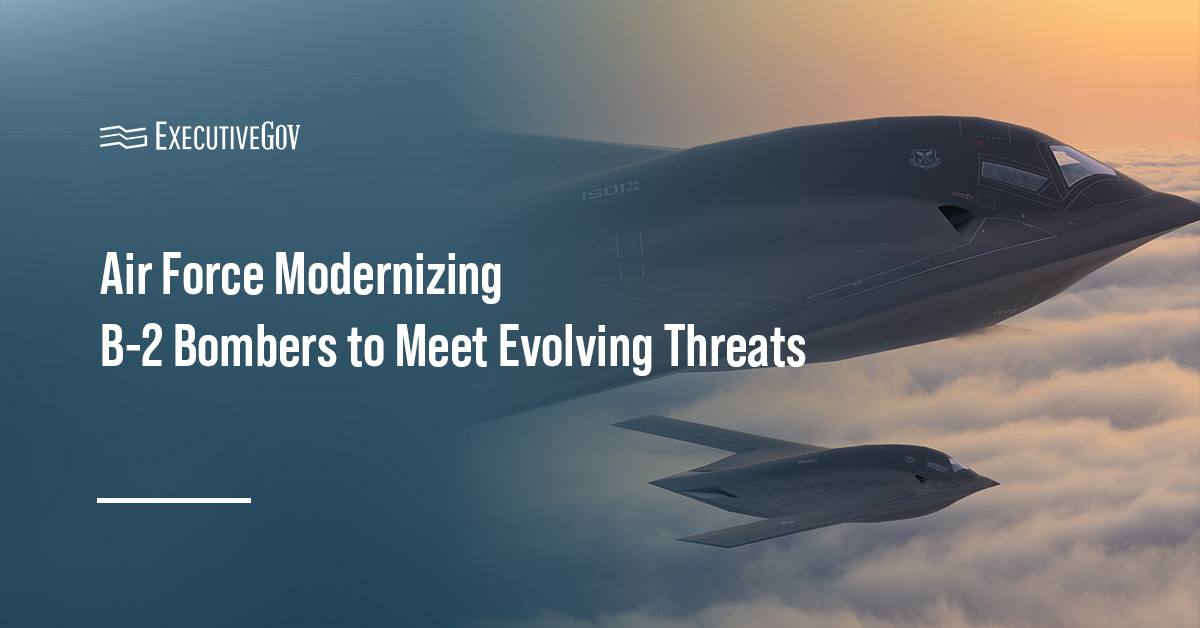Russell Vought, director of the Office of Management and Budget, has released a memorandum announcing an OMB initiative to improve financial accountability and oversight within the federal government.
In the June 23 memo published Monday on OMB’s website, Vought wrote that the Department of Government Efficiency has identified procurement irregularities, fund control lapses and other issues that traditional financial statement audits missed.
“They were symptoms of structural issues our current model does not address,” he stated in the memo.
Table of Contents
Presenting Financial Statement Audits Using Single-Year Model
According to the OMB director, agencies will prepare and present financial statements and associated financial statement audits using a single-year format. The change will be reflected in the upcoming update to Circular A-136.
Vought noted that the single-year presentation model will allow the government to focus on current-year activity and balances; streamline audit scope; establish a cleaner, clearer baseline for progress in future years; and address high-risk programs and control weaknesses in real time to implement changes based on challenges identified by audits.
OMB Accountability Agenda
In addition to the single-year model, OMB will implement a broader accountability agenda that includes auditing the auditors to assess whether the audit ecosystem is aligned with outcomes, risks and mission delivery.
The agenda also includes focusing on high-impact audits, linking transparency to reform and addressing improper payments and waste.


